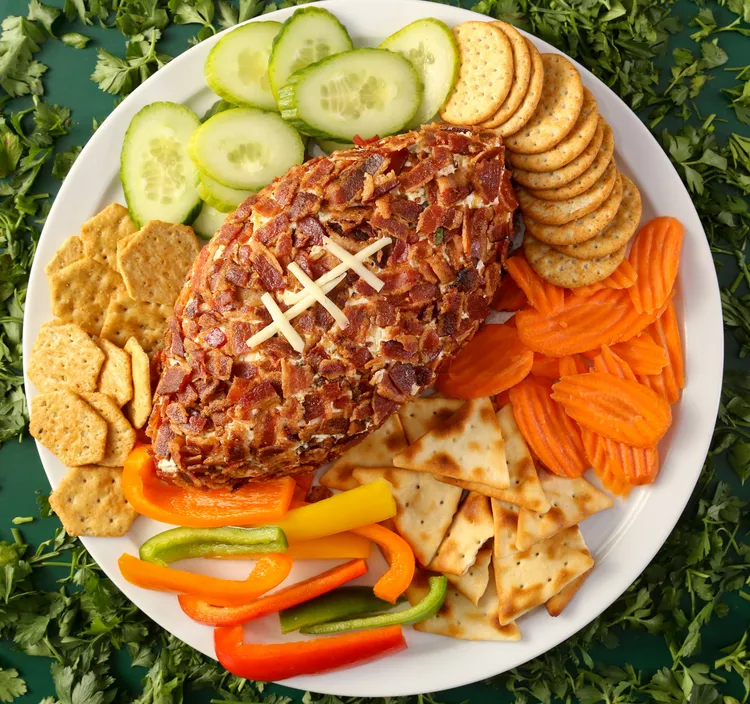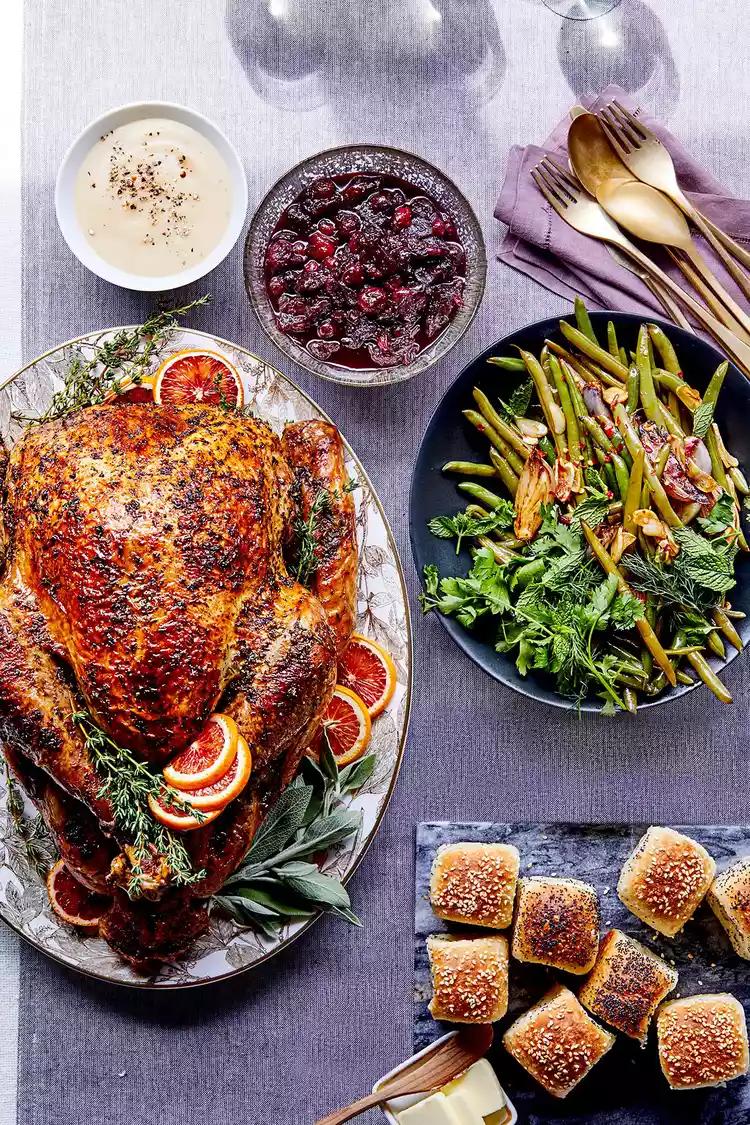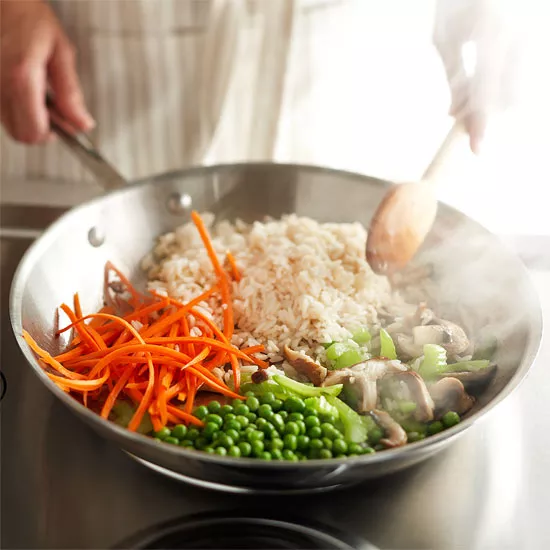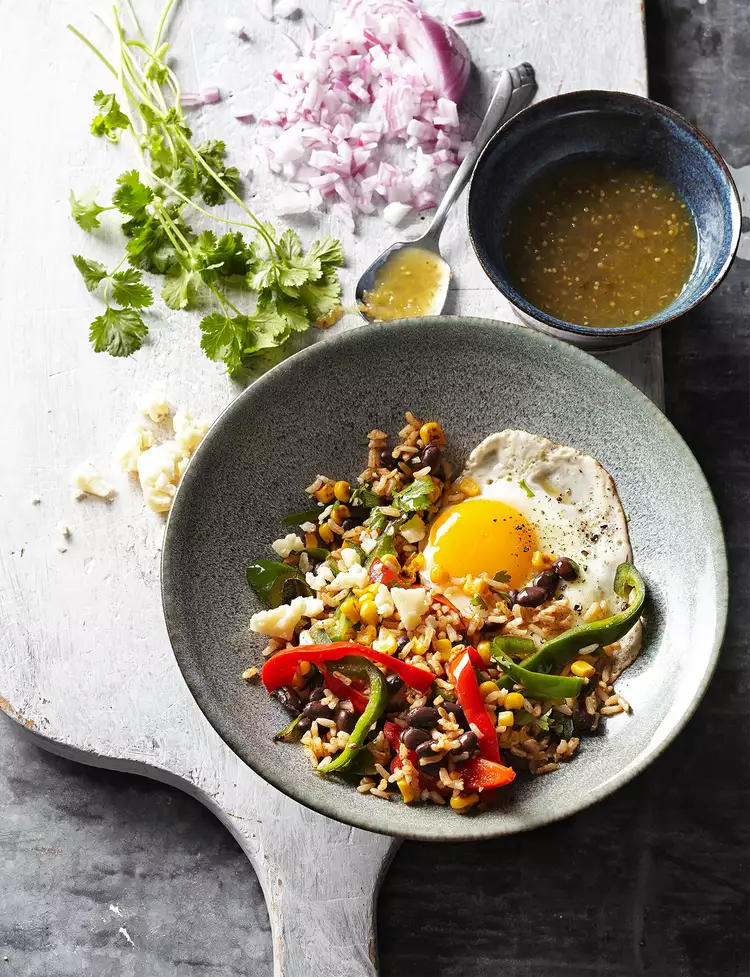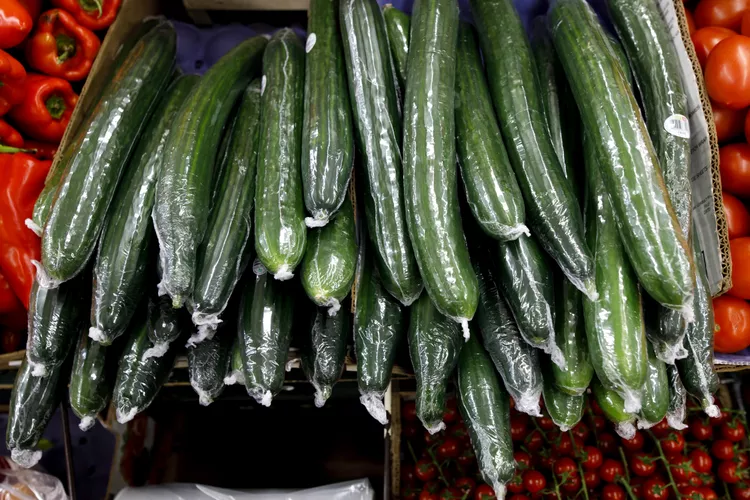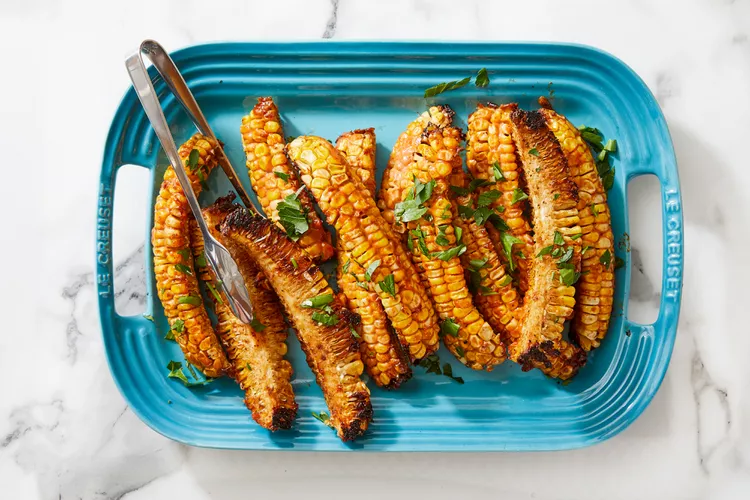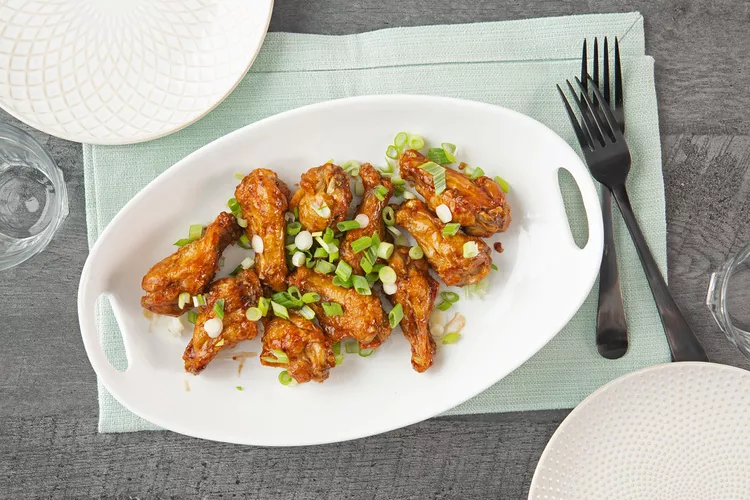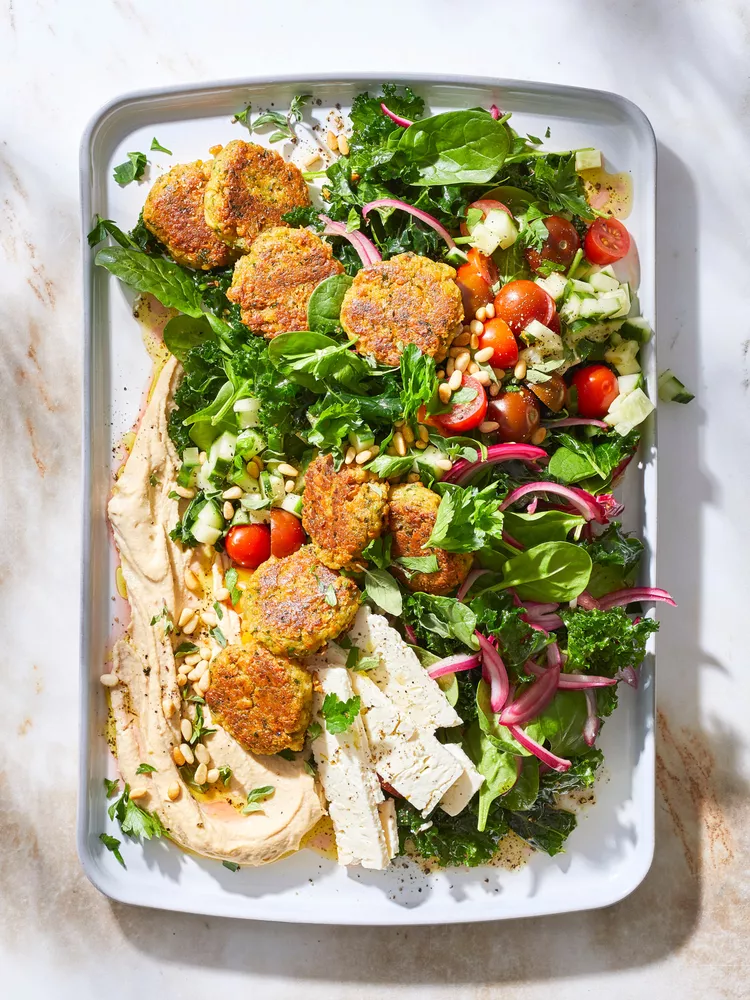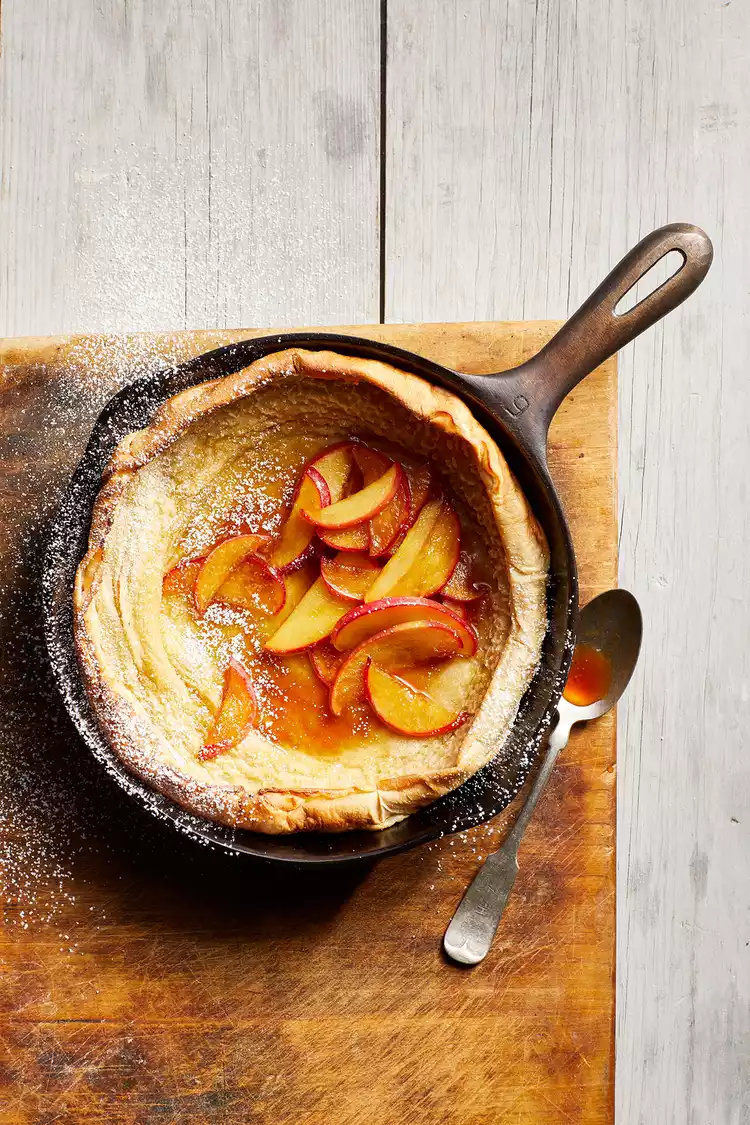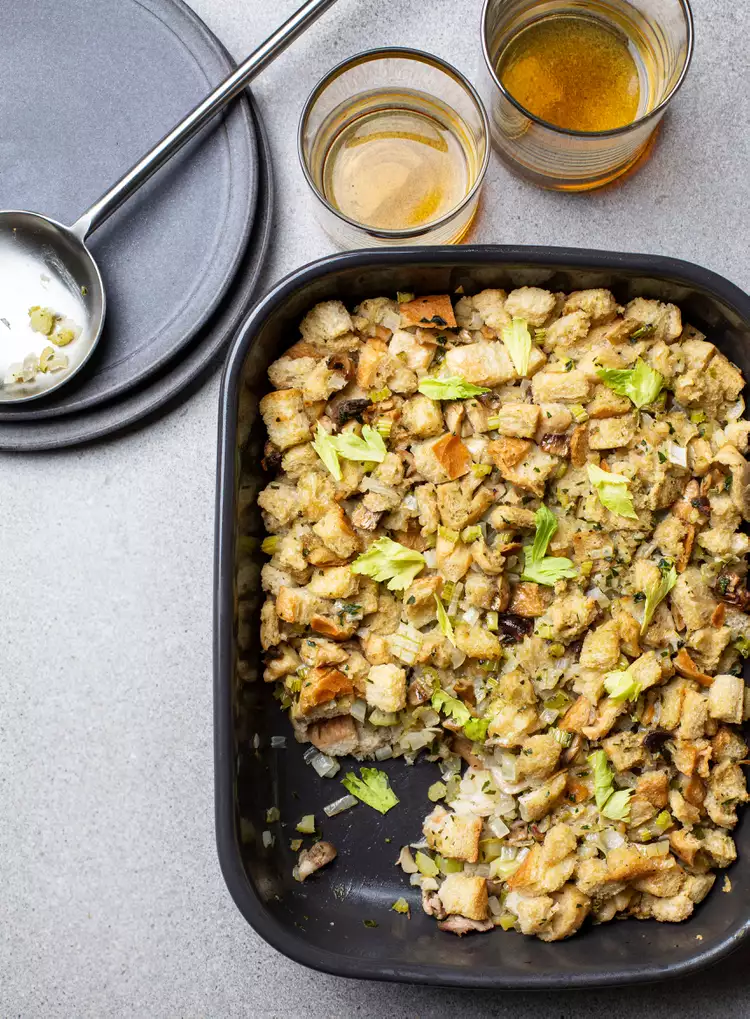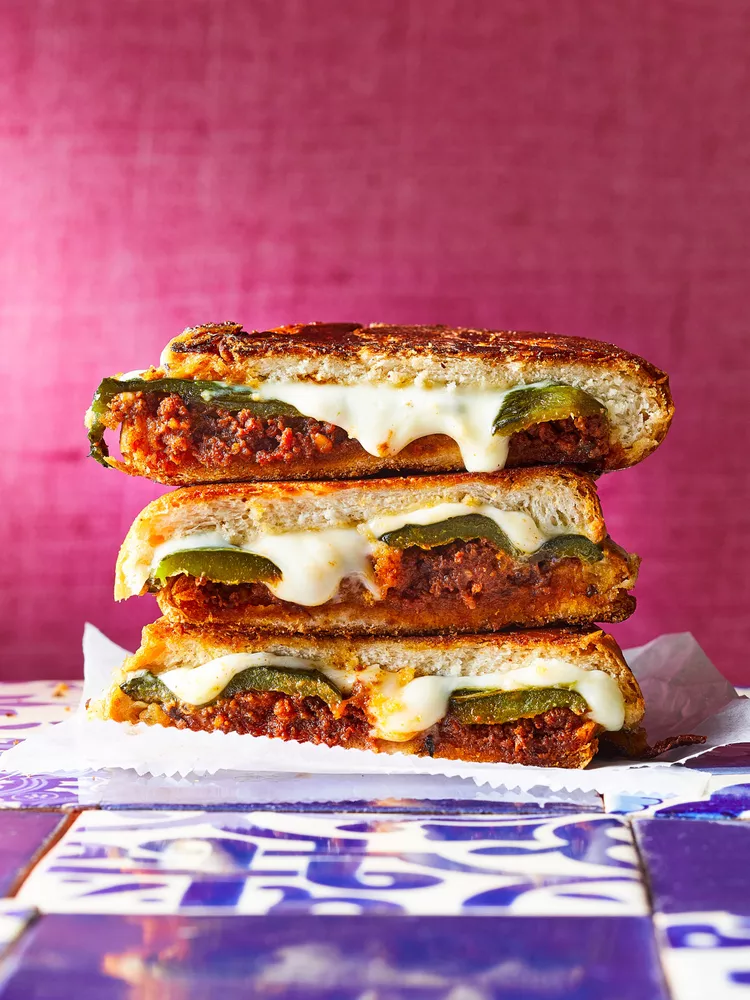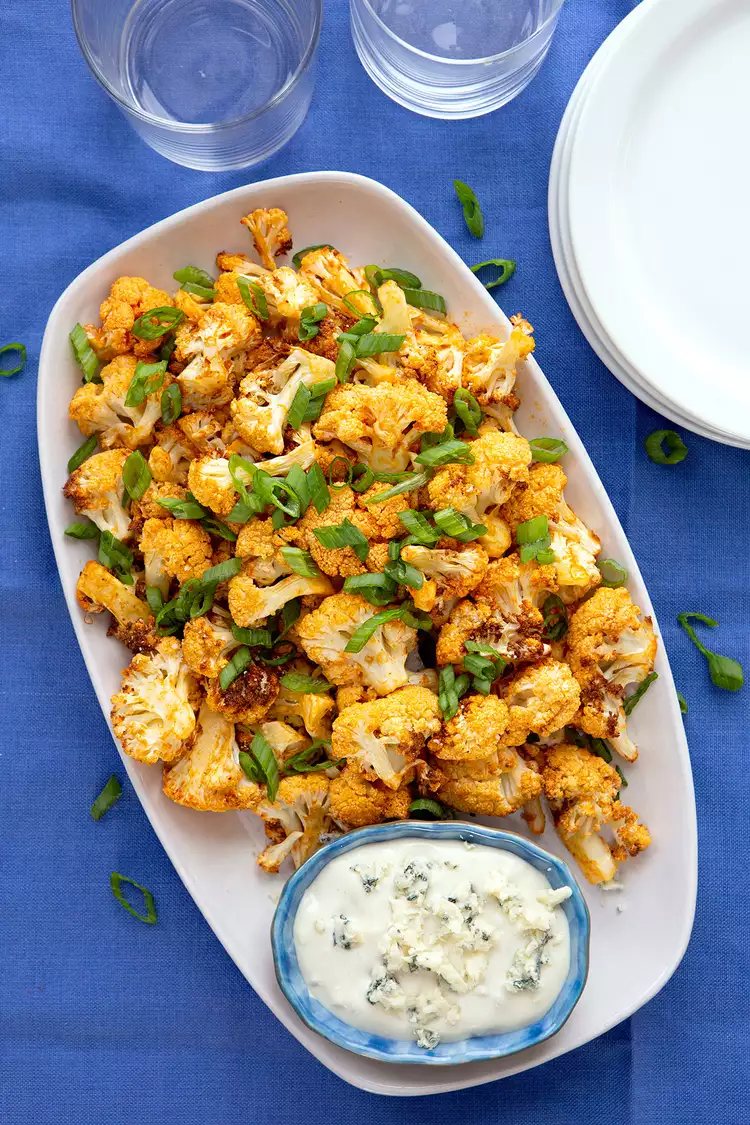Rarely do takeout or delivery meals fall under the “healthy eating” category. But you can get the same taste experience once you learn how to make stir-fry at home. This classic Asian-style cooking method can (and should) be part of your weekly dinner meal plan. With oodles of vegetables, lean cuts of meat, and a splash of stir-fry sauce, this customizable cooking method is easy, nutritious, and a brilliant way to use those bits of ingredients leftover from previous meals. A few asparagus spears, a cup of diced chicken, and a handful of sliced carrots can become a mouthwatering dinner if you follow our tips and tricks for how to make a good stir-fry.
So what, exactly, does it mean to stir-fry? It’s a technique of quickly cooking small, uniform pieces of food in a little hot oil in a stir fry wok or large skillet over medium-high heat. We love it for highlighting vegetables, in particular, as the cooking style helps them retain their color, crunch, and nutrients.
Do I Need a Wok as I Learn How to Stir Fry?
If you plan to do a lot of stir-frying, you might want to invest in a stir fry wok, the traditional round-bottom pan used in high-heat Chinese cooking. Because most of us cook over stoves, rather than fires, most of the best woks sold in this country usually have flat bottoms. Stir fry woks with rounded bottoms often come with a metal ring to allow you to set the wok over a gas burner.
You can make stir-fry without a wok by substituting a deep, large skillet. However, the wok has one major advantage: The gentle, sloping sides of the pan allow you to cook in stages. The sides serve as a resting place to get ingredients up and out of the hot spot (at the bottom of the pan) so nothing gets overcooked.
How to Stir Fry
Step 1: Choose Ingredients
Some ingredients are better suited to stir-frying than others. Here’s a rundown, including how much of each stir-fry ingredient to use if you’re making four main-dish servings.
- Oil: Although you can use almost any kind of cooking oil while you master how to make stir-fry, peanut oil is ideal. It can reach a higher temperature than other oils before it starts smoking. (If you have a nut allergy, other high smoke-point oils such as canola or avocado oil are great alternatives.) High heat is the key to keeping the vegetables crisp and flavorful. You’ll need 1 to 2 tablespoons.
- Garlic: This aromatic ingredient is common in stir-fries. Start with two cloves of garlic, minced, per four servings then adjust to your liking.
- Fresh Vegetables: Use about 4 cups chopped fresh vegetables. Good vegetables for stir-frying include bell peppers, zucchini, carrots, broccoli, yellow or white onions, green onions, pea pods, cabbage, spinach, asparagus, mushrooms, and leafy Asian greens in the “choy” family, such as bok choy and yu choy. In a hurry? You can use a 16-ounce bag of frozen stir-fry vegetables.
- Canned Asian Vegetables: Some cooks like to include bamboo shoots, water chestnuts, and baby corn. If you’re adding these, use them in place of some of the fresh vegetables suggested above. Drain them well before using.
- Proteins: For stir-frying meats, choose tender, quick-cooking meats and seafood, such as chicken breasts, shrimp, scallops, lean boneless pork, sirloin steak, and lean boneless lamb. Use 12 ounces to 1 pound. You can also swap in a 10.5-ounce package of extra-firm tofu for a vegetarian recipe. If you’d prefer to skip meat and tofu, simply add more vegetables.
- Stir-Fry Sauce: Ready-to-use stir-fry sauces can be found in the supermarket. Use ⅔ cup for four servings.
Here’s a speedy soy-orange stir-fry sauce from ingredients you might have on hand: In a small bowl, combine ½ cup orange juice, 1 tablespoon soy sauce, 1 teaspoon ground ginger, ¼ teaspoon crushed red pepper, and ¼ teaspoon salt. - Nuts: Many stir-fries benefit from the extra flavor and texture of walnuts halves, whole peanuts or cashews, or slivered or sliced almonds. Use about ¾ cup per four servings.
Step 2: Prep Ingredients
Before you start cooking, prepare all your ingredients and place them in bowls near your cooktop so you can focus on stir-frying without stressing about little prep steps. The heat is high, so the process goes quickly.
- Slice meat into bite-size pieces. Cutting pork, chicken, beef, and lamb is easier if you freeze them about 20 minutes before slicing.
- Mince garlic, if using.
- Chop the vegetables into uniformly bite-size pieces. Cutting them the same size helps them cook to the same doneness at the same time.
- Mix the stir-fry sauce (if making from scratch) or measure the bottled stir-fry sauce.
- Measure any nuts or other garnishes you might be using.
- If serving rice, get it cooking and time it so that it will be done when you’re ready to serve the entrée. (You can use your Instant Pot to cook rice fast!)
Step 3: Get Cooking
Many stir-fry recipes for main dishes follow similar steps. Once you key into this process, it’s easy to turn whatever produce looks freshest at the market (or whatever produce you happen to have on hand) into a satisfying main dish, with or without meat.
How to Cook Stir-Fry Entrées
To make a stir-fry dinner, use these general steps, which differ slightly from when you’re stir-frying vegetables for a side dish.
- Heat 1 tablespoon oil in a 12-inch skillet or wok over medium-high heat until the oil shimmers.
- Add the garlic, if using. Cook and stir for 15 seconds.
- Add the vegetables. Cook, stirring constantly with a wooden spoon or heatproof silicone spatula ($12, OXO), for 2 to 4 minutes or until the vegetables are crisp-tender. Remove the vegetables from the pan.
- If needed, add more oil to the pan. Add the meat. Cook and stir until the meat is cooked through. (If necessary, cook the meat in batches to prevent overcrowding. If the pan is too full, the meat will water out and steam instead of fry.)
- Push the cooked meat from the center up the sides of the wok or skillet. Add the sauce to the center of the skillet. Cook and stir the sauce until bubbly.
- Return all vegetables to the skillet. Cook and stir everything about 1 minute more or until the meat and vegetables are coated with sauce and heated through.
- Sprinkle individual servings with chopped nuts, if desired. Serve with hot cooked rice, noodles, or a refreshing ramen noodle slaw.
How to Cook Stir-Fry Vegetables
If you wish to stir-fry vegetables for a side dish, follow these tips.
- Heat 1 tablespoon oil in a wok or large skillet over medium-high heat until it shimmers.
- When the pan is hot, add the vegetables in small batches and cook, stirring constantly with a wooden spoon or heatproof silicone spatula, until they are crisp-tender. Stir-frying too many vegetables at once causes them to steam and become mushy.
- Remove vegetables from the pan as soon as each batch is crisp-tender.
- If necessary, you can return all cooked vegetables to the pan long enough to reheat.
Use your stir-frying skills to whip up fast side dishes or to create main dishes like this teriyaki shrimp and noodle stir-fry that incorporate several food groups and make ingredients such as seafood and vegetables more appealing to picky eaters because they’re served alongside pasta or rice that they love. With such amazing versatility, stir-fry dinners will become part of the weekly meal plan.







